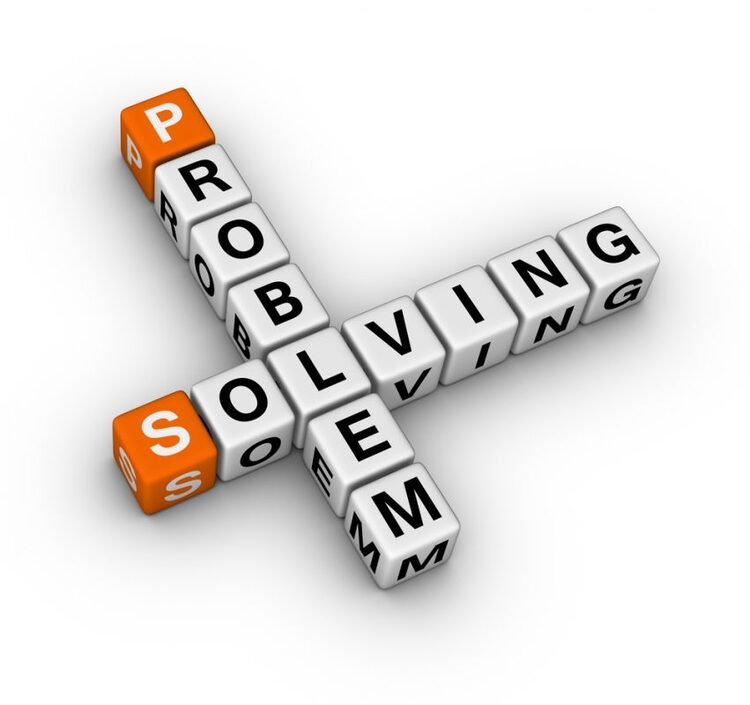
Problem Solving in the Classroom

The definition of a problem is an undesirable condition, situation, or difficult question that needs to be answered. Some problems are common, with known solutions and answers, and are easily resolved. At other times the answer can only be found through problem solving techniques involving debate, discussion, testing and research. Effective problem-solving is the ability to identify and solve problems through the systematic application and use of appropriate skills.
Problems are a fact of life, something we all encounter from time to time. Problems may be small, sometimes they are large and at times the problem is a matter of life and death and at other times just a matter of choices. As teachers, we are well placed to support and encourage pupils to develop the necessary skills needed to tackle problems and the undesirable conditions and situations they may encounter both in and outside the school environment.
In problem-solving we consider what we know about a given problem or situation and determine the things we do not know about it – with a satisfactory solution, hopefully, lying somewhere in the void between the two. Problem solving can easy when you know how to approach it effectively.
The process of problem-solving in the classroom involves four basic stages:
Problem identification
Information gathering and the acquisition of new knowledge
Debate and discussion
Decision making
In life and the wider world, problem solving, by and large, is nearly always a collaborative process involving questioning, deep thinking, hypothesising, gathering of facts and information, and by challenging and testing predictions, viewpoints and opinions. But before a solution can be found, the problem must be understood. This may sound rather obvious but requires careful thought. Students must understand the problem; it must be adequately communicated by the teacher.
In addition, problem solving involves both analytical and creative skills with the following set seen as key to achieving a satisfactory outcome:
Analytical ability
Lateral thinking
Initiative
Logical reasoning
To some problems, there is only one suitable solution, to others there may be several. Students should be encouraged to express their views about the problem even when others do not agree and have an opposing view. The experience students gain from debate and discussion aids the learning process and is invaluable to both their successes and their failures.
Finally, problem solving can also be considered a valuable learning opportunity. It allows students to see things differently and learn the importance of structure and organisation, the benefit of questioning and debate, and to do things in a different way. And, that while quick fixes may suffice, better, more effective solutions may exist.

